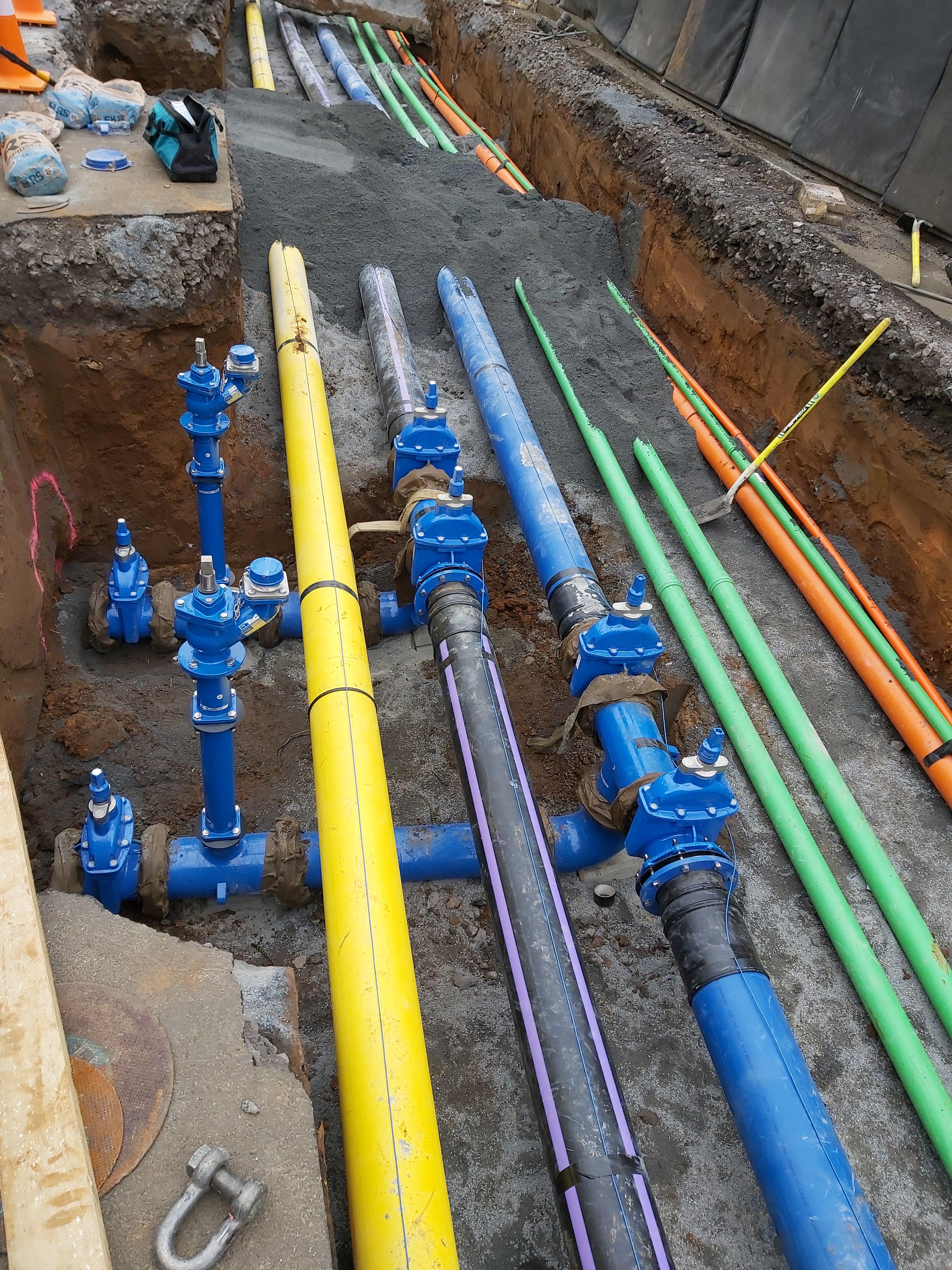While it is too soon to commit to a full analysis of the impact Covid-19 has had on Kiwi businesses, the global pandemic has placed an evident pressure on local supply chains, regardless of which Industry they served.
Some of the impacts that have been so far observed include supply and demand shocks, shipment delays and increased raw material prices.
Supply and Demand Shocks
“The supply shock that started in China in February and the demand shock that followed as the global economy shut down exposed vulnerabilities in the production strategies and supply chains of firms just about everywhere.” – (Harvard Business Review)
When speaking to Stuff, Mainfreight managing director Don Braid commented that “anyone that thought that the New Zealand economy wasn't going take off either during or after Covid was really wrong.”
Well, the problem here is: none of us had navigated a pandemic before. Sure, we had theatrically been taught to prepare for recessions and the likes. However, effects of the pandemic were as unprecedent and unpredictable as the virus itself.
Global business constancy Accenture stated that “COVID-19 is not a typical risk event. The scale of its impact eclipses anything most supply chain leaders will have seen before.”
Consumer behaviour could not have been predicted. Social media means local behaviour quickly spreads and takes global proportions (no one will ever forget or live down the toilet paper outage!)
Extended lockdown periods shutting factories down lead to a production gap larger then the reduction on demand.
Delloite rightfully pointed out that “decades-long focus on supply chain optimization to minimize costs, reduce inventories, and drive up asset utilization has removed buffers and flexibility to absorb disruptions─and COVID-19 illustrates that many companies are not fully aware of the vulnerability of their supply chain relationships to global shocks.”
Shipment Delays
The New Zealand Ministry for Primary Industries has acknowledged that “there is ongoing international concern related to reports of ports that have been impacted by logistical delays such as reduced storage and inspection facilities due to the impact of COVID-19.” Also flow on delays for exporters to move goods offshore. The delays are happening for many reasons: deferred import activity from earlier in the year due to COVID-19 shutdowns in trading partners; the death of a worker at the Port of Auckland; and industrial action in Australian ports delaying vessel flows.
Air freight continues to be significantly disrupted by the COVID-19 pandemic, with reduced flights and elevated freight costs. The Government has extended the operation of the International Air Freight Capacity Scheme (IAFC), which had been scheduled to expire on 30 November 2020, to the end of March 2021. (source: MFAT)
Disruption to Internal Logistics
Mainfreight managing director Don Braid commented that the problem is not transit times of vessels between New Zealand and other countries like China.
“The problem is how long it has to wait in the stream outside either the port of Auckland or the port of Tauranga, and to be worked. Then once the vessel has worked, you've got a delay of between seven and 10 days for that container to be railed from Tauranga to Auckland, if it's an Auckland importer.” - Don Braid
Stuff also reported that “Covid-19 has slowed down the arrival of many goods heading for New Zealand.”
Increased Raw Material Prices
“Impacts in many companies across many industries seem inevitable. In the near term, the cost of supplies from China may increase, stemming from overtime and expedited freight costs, as well as from paying premiums to buy up supply and hold capacity.” - PWC
Production reduction, shipment delays and continuous demand for raw materials that fuel many industries like construction have ultimately resulted on price increases across the board. Some products more notably than others.
How do Navigate the Disruption?
The world is going to be noticeably different wen the pandemic is behind us. The supply shock that started in China in February 2020 and the subsequent demand shock that followed it have worked to expose vulnerabilities in production strategies and supply chains throughout the globe.
Temporary trade restrictions and shortages of a variety of critical supplies (including medical and PPE) highlighted a significant planning weaknesses.
As a consequence of all this, manufacturers worldwide are going to be under greater competitive pressures to increase their domestic production, grow employment in their home countries, reduce or even eliminate their dependence on sources that are perceived as risky, and rethink their use of lean manufacturing strategies that involve minimizing the amount of inventory held in their global supply chains.
Yet many things are not going to change. Consumers will continue to want low prices (especially in a recession), and businesses won’t be able to charge more just because they manufacture in higher-cost home markets. Competition will ensure that. In addition, the pressure to operate efficiently and use capital and manufacturing capacity frugally will remain unrelenting.
The challenge for companies will be to make their supply chains leaner without weakening their resilience. With the virus still a live threat and a number of regions and economies in lockdown, while others emerge into a very different world, the disruption to supply chains continues to be severe.
If anything, this pandemic has highlighted to all businesses and industries the need to transform traditional supply chain models.
In hat way was your business affected by the pandemic?



.png)